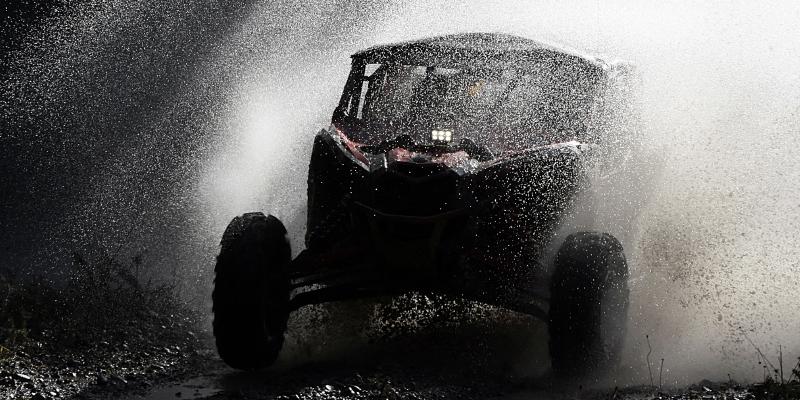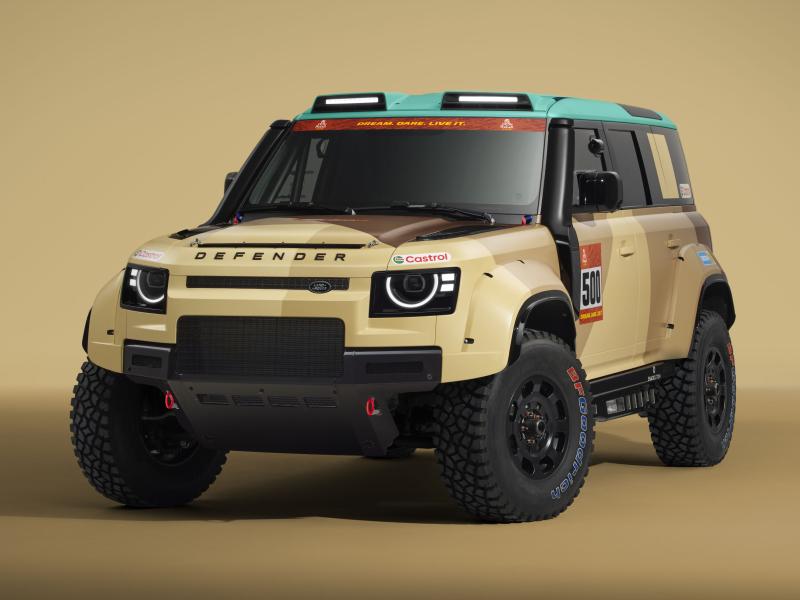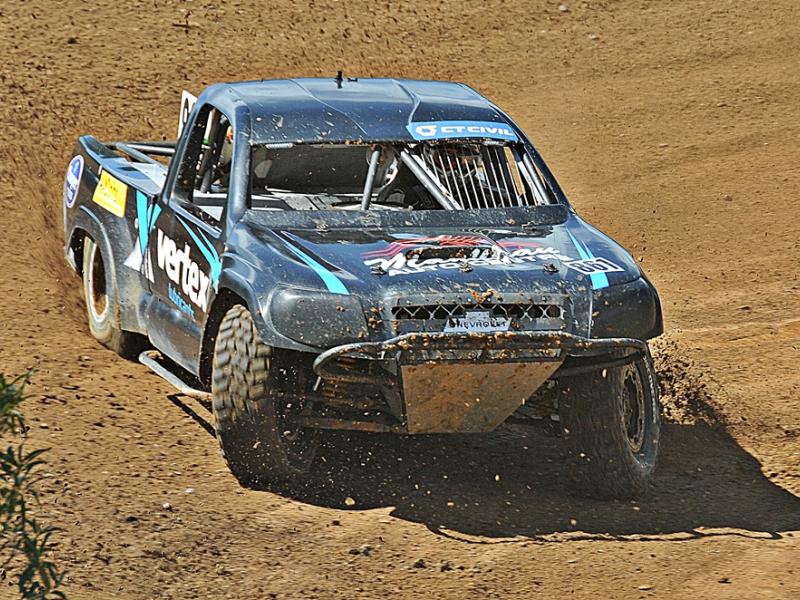From outliers to mainstays – the Utility Terrain Vehicle (UTV) category has come a long way in New Zealand offroad racing.
No longer can the sport’s traditionalists refer to them smirkingly as ‘weed sprayers’, these little race cars have become seriously fast since the wet rainy Hawke’s Bay day when Ben Thomasen took the first national round victory for a UTV in his Polaris RZR 1000.
Though the category kicked off in off-road racing with 800cc and then 900cc engines in Polaris two-seaters – narrow in the track measurement and disturbingly prone to ‘bicycle’ moments mid-corner – the arrival of the RZR1000 with its motorsport-friendly track and wheelbase marked a turning point in the UTV story.
Polaris started out with belt-driven CVT-style transmissions and has continued with them, as have its more recent rivals Arctic Cat and Can Am. The punishing conditions of motorsport have led to a few drive belt fire and to the development of fan units that pump air onto the hard-working belts. The belts themselves have also been toughened considerably.
Rally driver/hillclimber Thomasen went on to become national champion and took some serious backing from Polaris, which dominated the category’s early years. Not only did the brand have a two-car ‘supported’ team that brought Dyson Delahunty up out of the youth category to race alongside Thomasen, it also backed the sport’s flagship events.
The side by sides found a home in offroad racing because classes were created and agreed between the governing body and key UTV proponents. In return they brought new blood to the sport, attracting drivers who had history in other forms of racing including motocross, drifting, rallying and hillclimbing.
But those early years belonged to Polaris, which was everywhere.
Fast-forward a couple of years and CanAm stepped into the fray, with Arctic Cat also fronting up with a presence in the form of redoubtable 70-year-old ‘Rocket’ Ron Kirkman, a veteran of the Race to the Sky international hillclimb in the South Island’s Crown Range. Kirkman was very quick at Taupo, winning the class, but Arctic Cat wasn’t able to continue once the Can Am Maverick X3 came through to challenge the dominance of Polaris. The Mavericks quickly began winning races in the south, backed by a serious sales push into the sport.
The horsepower race heated up when Yamaha launched its contender, bringing former drift racer Carl Ruiterman and championship sponsor Joel Giddy to the fore. A high-revving three cylinder engine and ‘proper’ transmission made the YZX1000 a race winner from the outset. The addition of a turbocharger, paddle-shift gear system and even anti-lag technology has turned the Yamaha into a regular race and championship winner.
The UTVs are not eligible to race unless their base ‘rollover protection’ is changed out for an approved roll cage design. Local race car constructors have developed upgrade packages for the main brands, enhancing the safety and appearance of the cars, which have evolved from upright boxy shapes to a lower, more racy wedge-styled look.
Cougar Cars – originators of the most successful ‘traditional’ race cars in the sport – has been at the cutting edge of this home-grown industry. Teams can now opt for regular steel tube or lighter, more resilient chrome-moly tube.
Today, with highly developed and competitive offerings from three brands and the hint of up to two more looking to join the fray, up to half of the field at any national championship event or major endurance race is a UTV.
The U (stock) and S (modified) classes have also become a logical next step out of the sport’s youth category, enabling young racers to move up to full-size vehicles with almost twice the suspension travel of the VW-based designs in the ‘traditional’ Challenger and Class 7 and more torque than the class five cars with their 1300cc engines. They are seen as the perfect place for young drivers to continue learning racecraft in strong, competitive grids of ten, fifteen or more.







